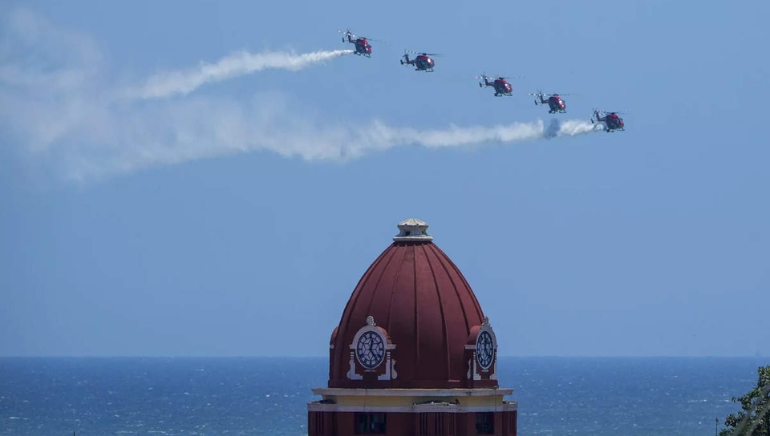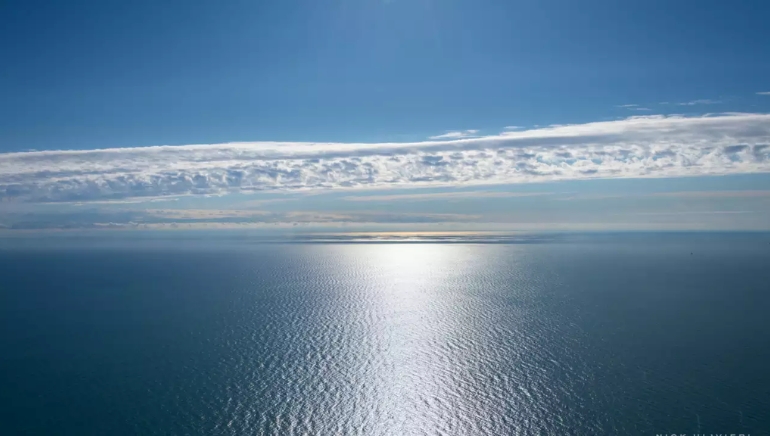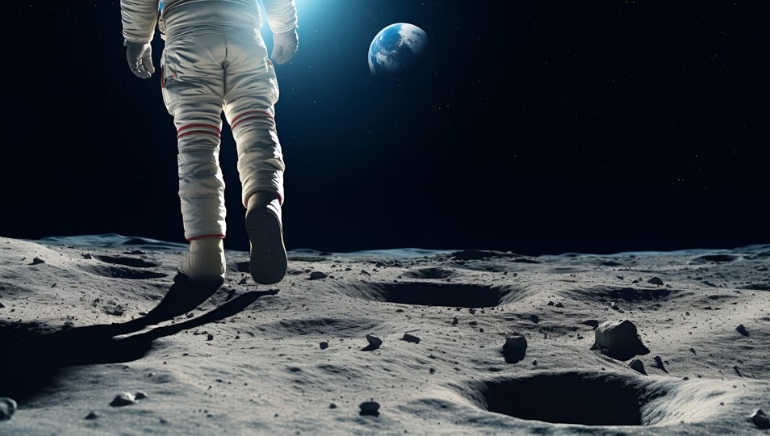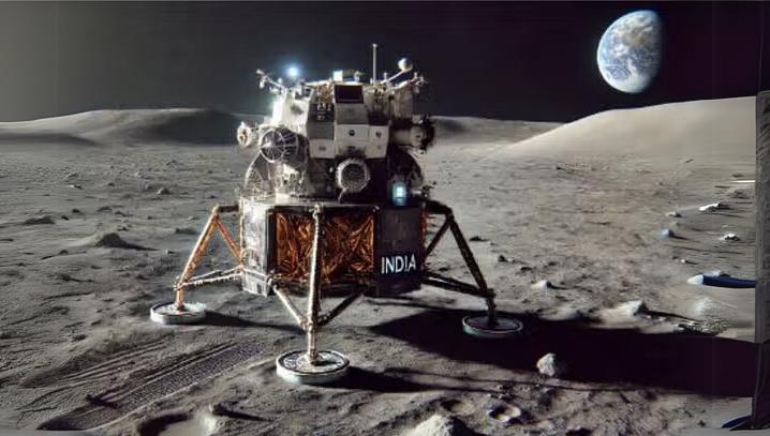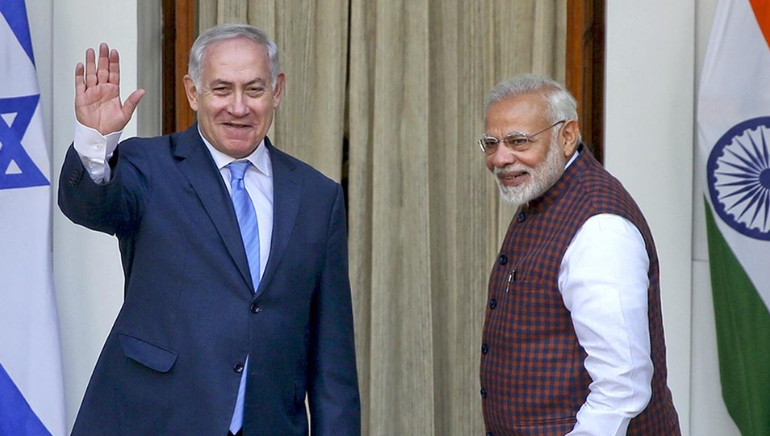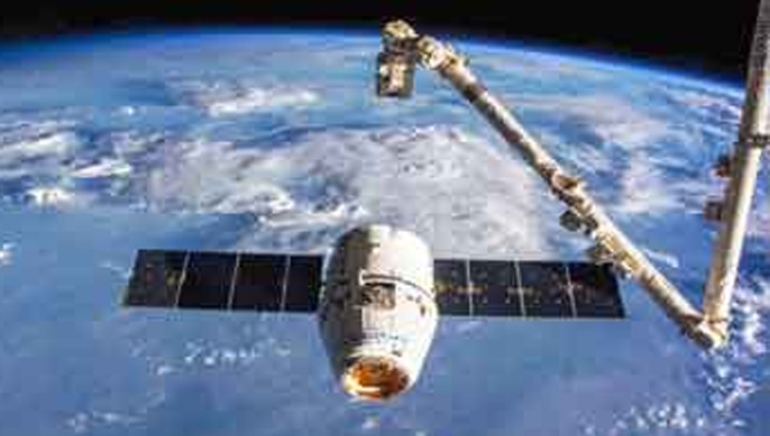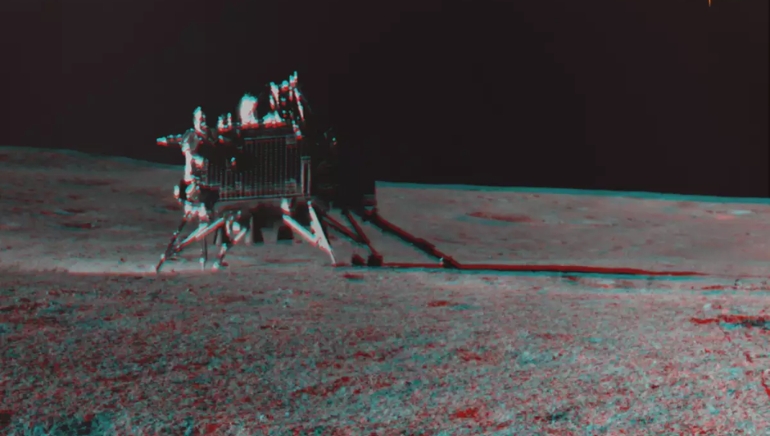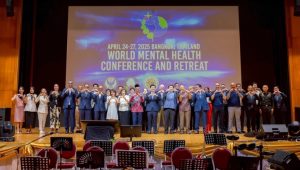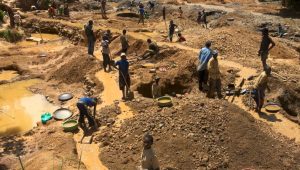Victor Ambros and Gary Ruvkun have been awarded the Nobel Prize in Physiology or Medicine for their discovery of microRNA, small genetic components that regulate cell functioning. Their pioneering research, which began with worms, has identified an important mechanism for gene regulation in complex life forms.
MicroRNA, unlike traditional RNA, does not produce proteins but rather regulates the activation of specific genes, perhaps leading to new treatments for disorders such as cancer. According to a Nobel panel in Stockholm, this discovery is critical to understanding cell timing and development, with implications for molecular oncology.
Dr. Claire Fletcher of Imperial College London emphasised microRNA’s importance in drug research and disease markers, notably for cancer. As research progresses, scientists want to use microRNA to inhibit overactive genes that promote cancer growth.
Eric Miska of Cambridge University observed that Ambros and Ruvkun’s findings were unexpected and substantially altered our knowledge of cellular activity. Today, microRNA research is expanding into sectors such as infectious and neurological illnesses, perhaps paving the path for new treatments.
Ambros and Ruvkun expressed amazement at their victory. Ruvkun regarded the Nobel Prize as life-changing, but Ambros emphasised the importance of curiosity-driven science financed by taxpayers. The Nobel Prize carries a reward of 11 million Swedish kronor (about $1 million USD).






